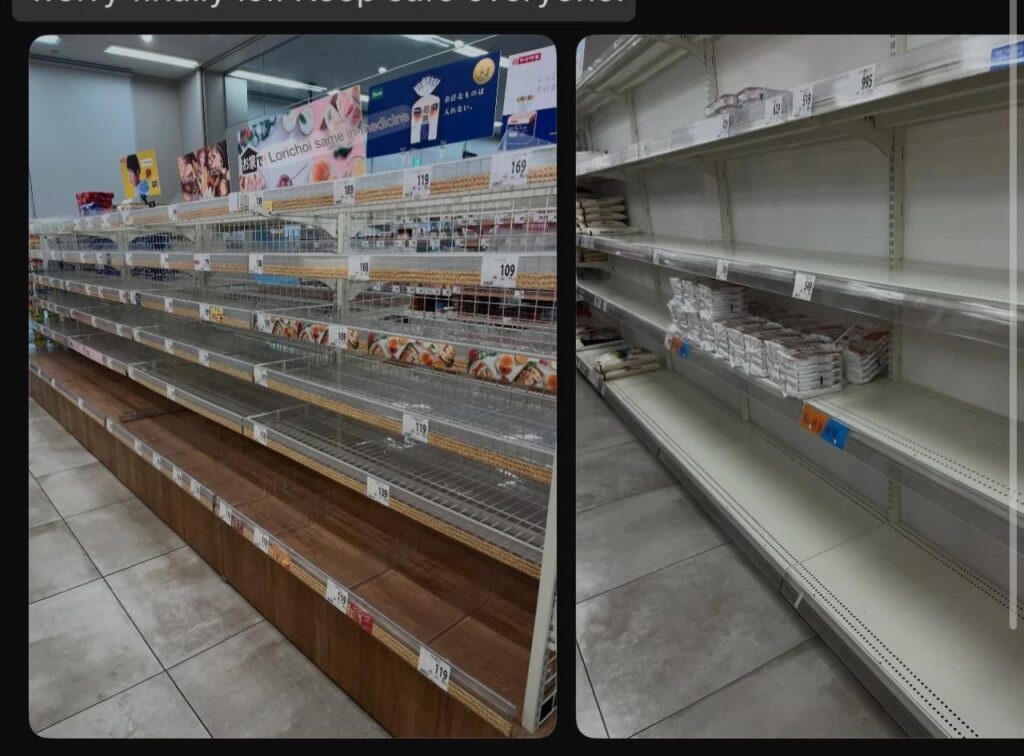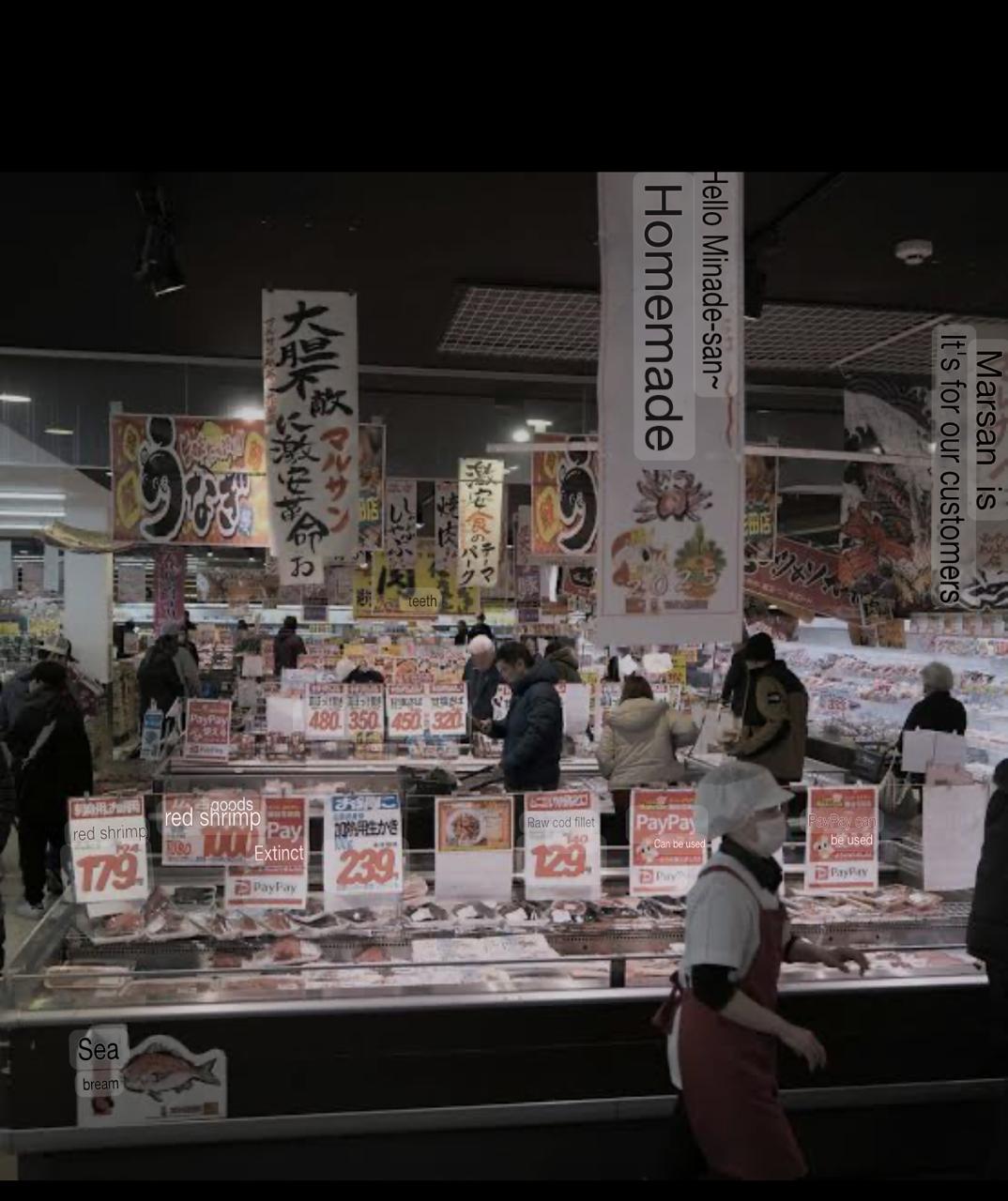Japan Grapples with a Deepening Rice Crisis: Japan is in the throes of a mounting “rice crisis,” as the price of its most cherished staple has nearly doubled in the past year. Driven by surging inflation, diminishing harvests, and a resurgent tourism industry, rice has become an unexpected flashpoint in Japan’s economic and political landscape.
Staggering Year-on-Year Price Hike
According to government statistics released Friday, the retail price of domestically produced rice skyrocketed by 98.4% in April compared to the previous year—following a 92.5% year-on-year jump in March. The crisis is squeezing household budgets and eroding public confidence in Prime Minister Shigeru Ishiba’s leadership, as support for his Liberal Democratic Party continues to falter.

Three Key Drivers Behind the Surge
Tim Harcourt, chief economist at the University of Technology Sydney’s Institute for Public Policy and Governance, highlighted three key contributors to the dramatic price hike. Japan Grapples with a Deepening Rice Crisis due to :
- Online rumours of an impending mega-earthquake triggered panic buying.
- The global wheat shortage due to the war in Ukraine led many to pivot toward rice as a dietary substitute.
- The tourism revival and corresponding hospitality boom have sharply increased domestic demand.

Extreme Weather Worsens Supply Shortage
Intensifying the crisis, Japan endured one of its hottest summers on record in 2023, severely damaging rice crops and deepening the strain on already limited supplies. Despite emergency interventions, including drawing from national rice reserves, prices have remained stubbornly high. The much-loved Koshihikari brand is now selling for as much as 5,000 yen (approximately $35) for a 5-kilogram bag, while other varieties hover around 4,200 yen ($29).
Cultural Shift in Consumption Habits
Restaurants and households, once loyal to Japan’s premium homegrown rice, are increasingly turning to more affordable imported alternatives—a significant cultural shift in a country where rice is both a culinary staple and a symbol of national identity.
Political Fallout and Leadership Change
Prime Minister Ishiba’s comments to parliament, in which he admitted uncertainty over rice stockpiles and locations, were met with public dismay. “We need to ascertain exactly how much rice exists and where it’s being held,” he said. Analysts viewed the remarks as tone-deaf in the face of mounting economic distress.
The political fallout has been swift. Amid collapsing approval ratings, Ishiba stepped down and was succeeded by Shinjiro Koizumi, who pledged to rein in soaring rice prices, aiming to bring them back to around 3,000 yen (approximately $20) for a 5-kilogram bag.
Inflation Remains a Growing Concern
Japan’s inflationary spiral shows little sign of abating. Core inflation in Japan accelerated to 3.5% in April, the Bank of Japan reported, reaching its highest year-on-year growth rate in over two years.






